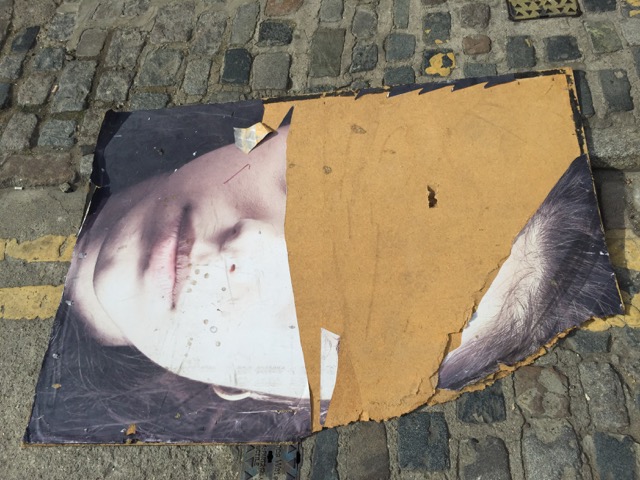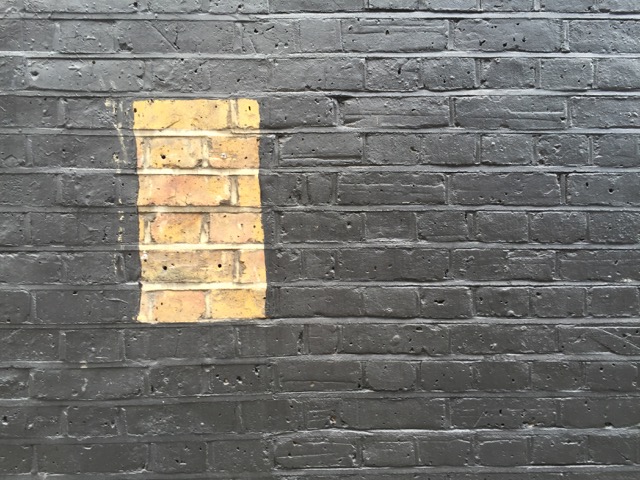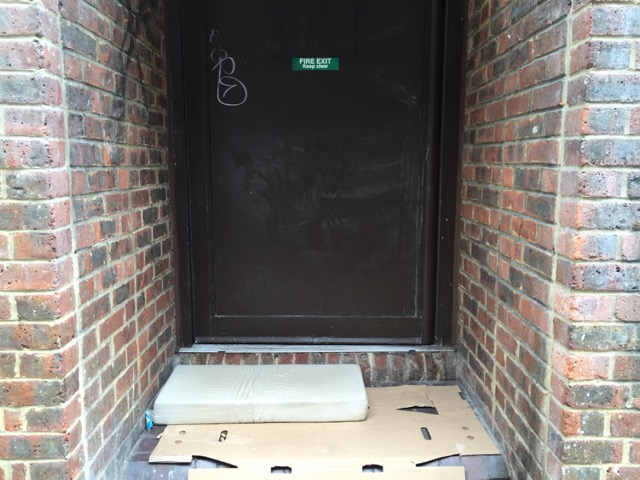The node of ‘latent city’ relates to the unrealised, dormant, absent in cityscape.
Most often this is read as transformative capital, perceiving a vacant or derelict space within the frame of its concrete, built potential, reminiscent of our cultures fixation on the process of completion, wholeness, totality, utility. Little thought is given to the appreciation of void, chaos, disorder as a natural and valuable stage in a life cycle, and a necessary condition for having the space to step outside the complete, the mediated, the perfect, the systemised, and imagine alternative and new solutions. In absence, anything can be imagined.
Absence of managed space with present utility, or a branded space with an imagined future, is uncomfortable. Mark Minkjan, reviewing ‘Toyko Void’ by Marieluise Jonas and Heike Rahmann, tells of the Japanese concept of ‘Mu’, a void, non-space, not in the ubiquitously commodified as outlined by Marc Auge, but a void appreciated for its not being, its non-existence. In the density and pace of urban built form and the currents of movement running through its ‘white spaces’, its road networks and public spaces, part choreographed by coherent syntactical interventions, part self-organised, hold little space for the disorganised void required for creativity.
Minjan reports concepts such as:
wabi-sabi, the aesthetics of transience and imperfection
mu (the void)
Ma (in-between space, emptiness)
Oku (inwardness)
Harappa (open field)
In the first chapter of Casey’s ‘The Fate of Place: A Philosophical History’, ‘Primeval patterns: avoiding the void’, (1997) writes the creation myths on place:
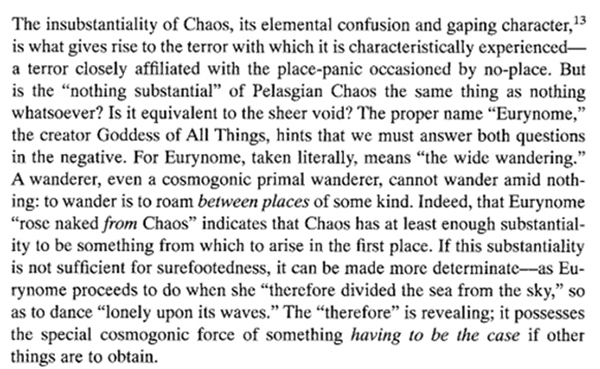 (1) p.8
(1) p.8
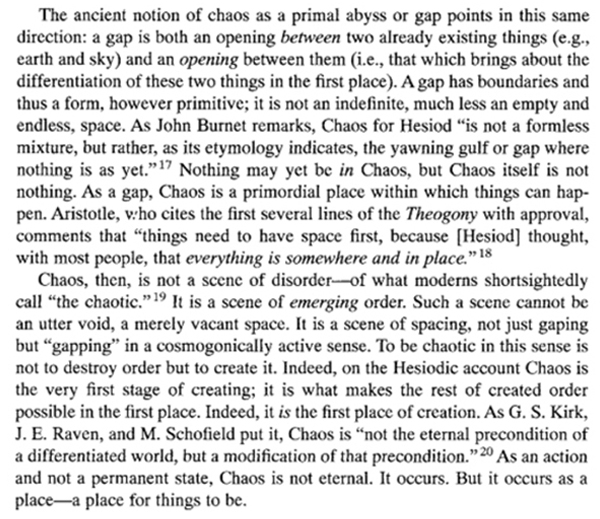 (2) p.9
(2) p.9
These suggest the creative potential of states of perceived void as a state of not being whole, perfect, complete. A talk novelist Mark Haddon held at Hay Festival in 2013, talking about his work ‘the missing square’ points towards exactly the inherent value of keeping the latent, the not-yet, the expectation, the imagined of a situation that potentially could or could not manifest itself in space.
Urban life is highly mediated, controlled through the ownership of land and the value of its use, rather than its organic cycles of becoming and the use of the people who inhabit this. Tokyo Void tells of the celebration of the void spaces, but also of their use by bottom-up initiatives instead of dereliction until their commodification. Moving on from the traditional shadow plan void and solid reading of space in the city (Sitte), this blog also opens up the discourse towards a more radical, less commodified utilization of ‘void’, derelict space. Candy Chang, linked to CUP, and her ‘I wish this was’ project illustrate this harnessing of the collective, human-centered imagination on spare plots of land.
The latent city idea tells of the beauty and tension of the part history part future, expectant, latent, dormant, not yet becoming, but also of a more radical potential for understanding space and its modes of existence and temporalities.
http://www.markhaddon.com/tiler-serendipity
https://www.hayfestival.com/p-5821-mark-haddon.aspx
http://www.failedarchitecture.com/tokyo-void-possibilities-in-absence/
https://nipppo.wordpress.com/2012/05/07/urban-voids/
http://candychang.com/work/i-wish-this-was/
http://www.jstor.org/stable/10.1525/j.ctt2jcbw8
